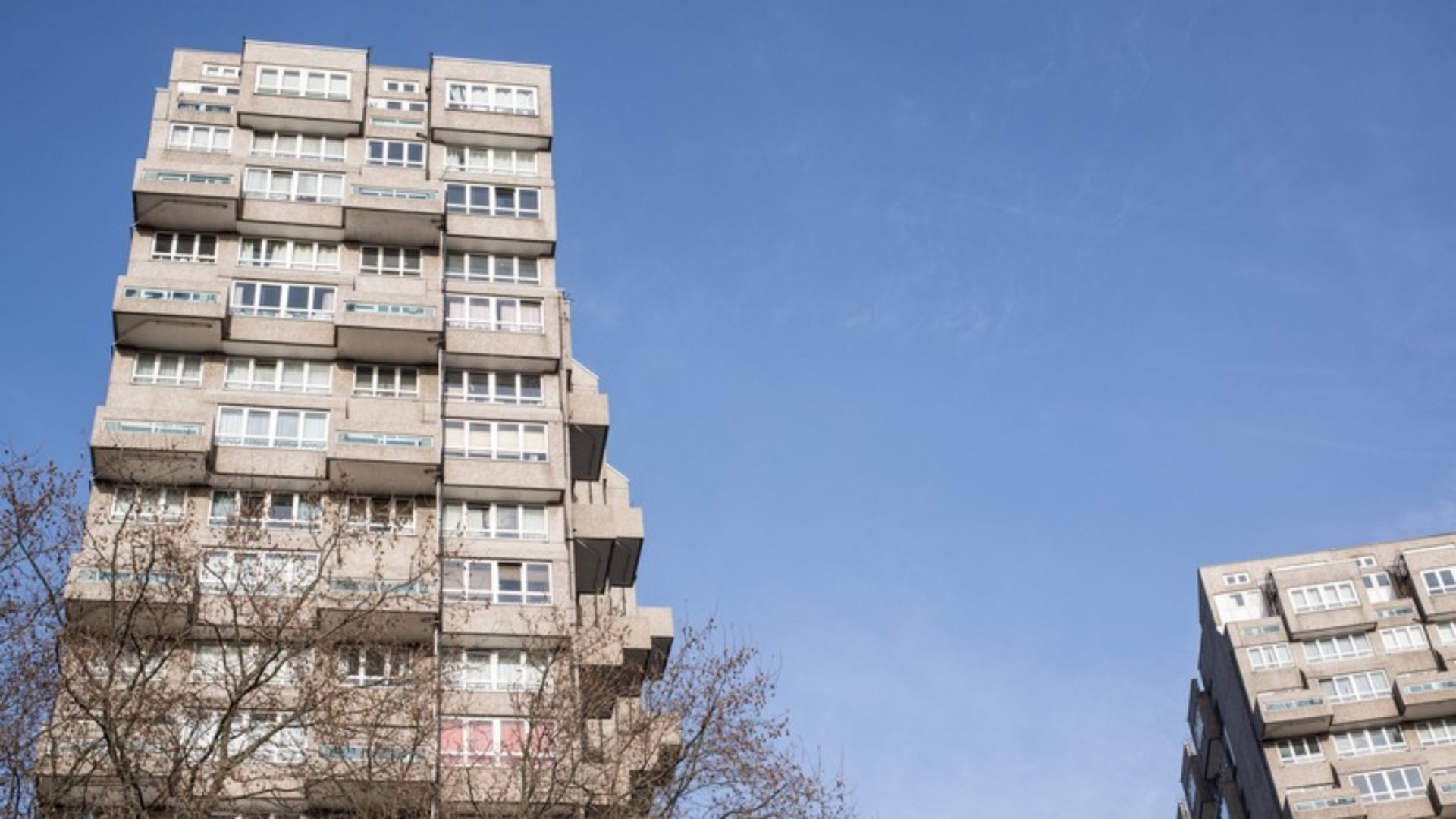
Construction lawyers Simon Lewis and Michelle Essen explain everything you need to know ahead of the building safety regime coming into effect in October.
Pencil 1 October into your diary. Because on that date, the new building safety regime is expected to take another massive leap forward, with revolutionary changes on the cards.
While we’re still waiting for the legislation, what will change is widely anticipated thanks to the wording of government consultations, plus government and HSE-published information.
So, what do you need to know?
It’s registration time
By 1 October 2023, existing higher-risk buildings (HRBs) need to be registered with the Building Safety Regulator (BSR) under new regulations. The HSE says that “owners and managers who fail to comply by October 2023 will be investigated and may face prosecution”.
We are waiting for the legislative changes that will bring that deadline into force and clarify the consequences of failing to register. Meanwhile, an HSE update in May revealed that “around 750 applications have been opened”. This is the tip of the iceberg, though, with 12,500 buildings in England caught under the registration requirement.
Opening the Gateways
Gateway 1 is already in place (since 2021), at the planning stage. Gateways 2 and 3 are now expected to come into force on 1 October 2023. While draft legislation is awaited, a government consultation last year proposed the following:
- Gateway 2/pre-construction: the applicant submits a building control approval application to the BSR before construction (replacing the current “deposit of full plans” stage). The BSR decides the application within 12 weeks (longer if agreed). Building work doesn’t start without this approval.
- Gateway 3/post-construction: the applicant submits a completion certificate application to the BSR and hands the Golden Thread to the accountable person. The BSR decides the application within 12 weeks (longer if agreed). Residential units in an HRB cannot be occupied without this certificate.
Also, as set out above, the building must be registered before it can be occupied – this is a separate process to the Gateways.
Parties will need to make sure that as soon as further details and legislation about these processes are published, they review these, plan what they need to do, design processes to comply, and build the time scales for BSR approvals into their programmes.
It’s worth bearing in mind that in that consultation the government also proposed that for Gateway 2:
- “we would also encourage dutyholders to provide two weeks’ advance warning to the regulator before submitting their application”, and
- “once building control approval has been granted… in line with existing practice, the client, or someone on their behalf, must give notice to the BSR at least five working days before the day they intend to commence HRB work”.
For more on Gateways, including transition periods, take a look at our factsheet.
The golden thread’s spool in place
We’ve heard about the golden thread for years, but from 1 October it’s expected to finally be in place.
The draft legislation and guidance on the golden thread are awaited, but the message the industry is hearing is that there will be no definitive checklist of what to include, as this will vary depending on your development.
That said, for the post-construction phase, HSE has published High-rise residential buildings: information you may need to hold (plus additional information for newer buildings).
If you haven’t done so already,:
- start pulling together your golden thread – making sure the information is relevant, up-to-date, and evidences compliance with building regulations;
- consider how you store this securely, digitally, and in a way that can be updated and transferred;
- work out your protocol for information management, so you are ready for the changes in October; and
- keep an eye out for draft laws and guidance.
For more, see our golden thread factsheet.
In other news
Also in October, according to the HSE timetable:
- the BSR finally becomes the new building control authority for HRBs; and
- the building inspector and building control approver registers will open – with requirements relating to their registration becoming enforceable in April 2024.
There’s a lot for the government, BSR, HSE, and construction industry to get to grips with over the next few months, and we expect a flurry of further legislation, guidance and activity in the run-up to October.
It’s now a race against the clock, with the finish line for the “preparing for the new regime” leg of the race in sight – but with a another marathon starting immediately after as we learn to navigate the new regime, and face further changes around construction products and more. But that’s an issue for another day.
Simon Lewis is partner and Michelle Essen legal director at Womble Bond Dickinson











